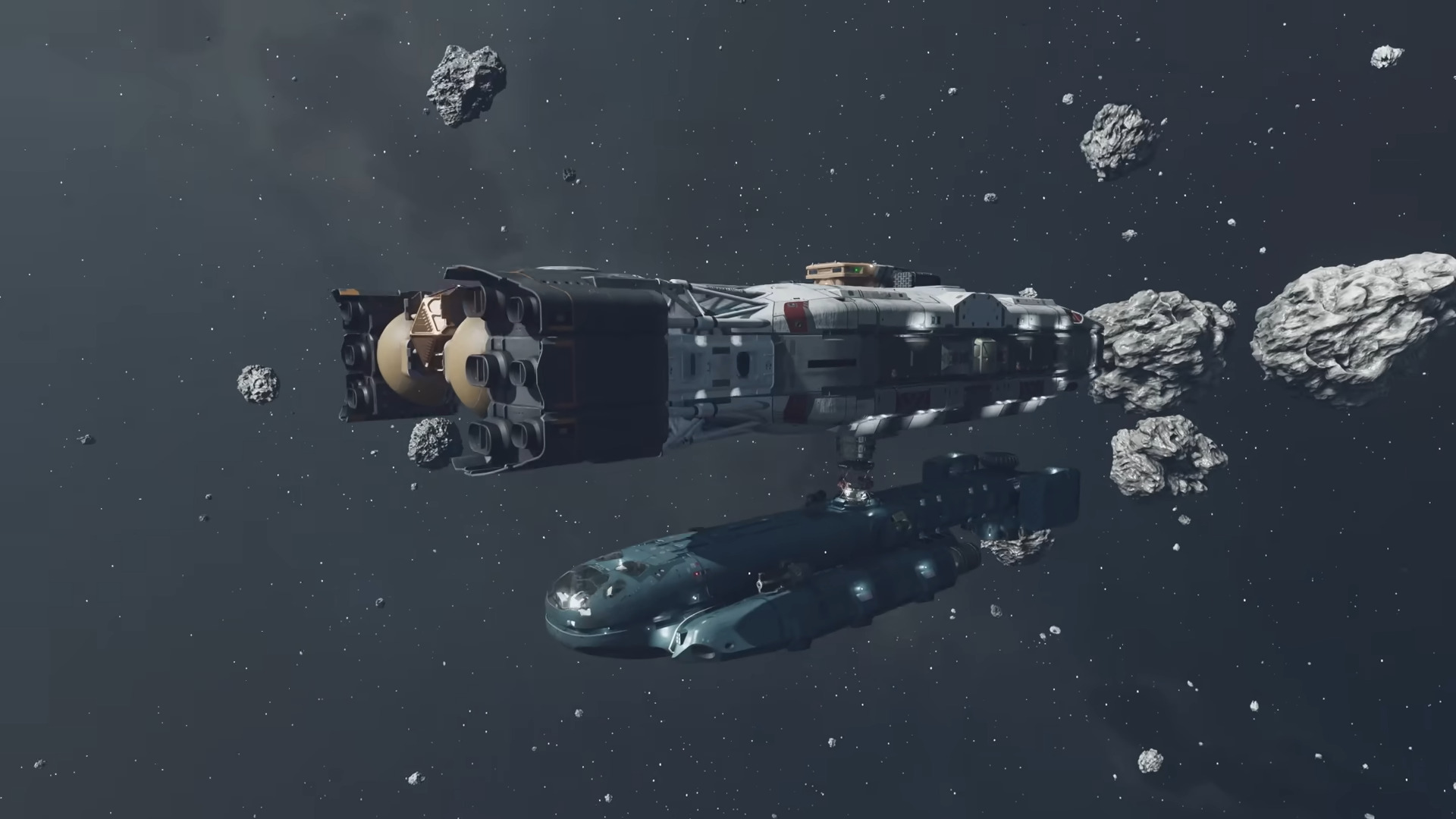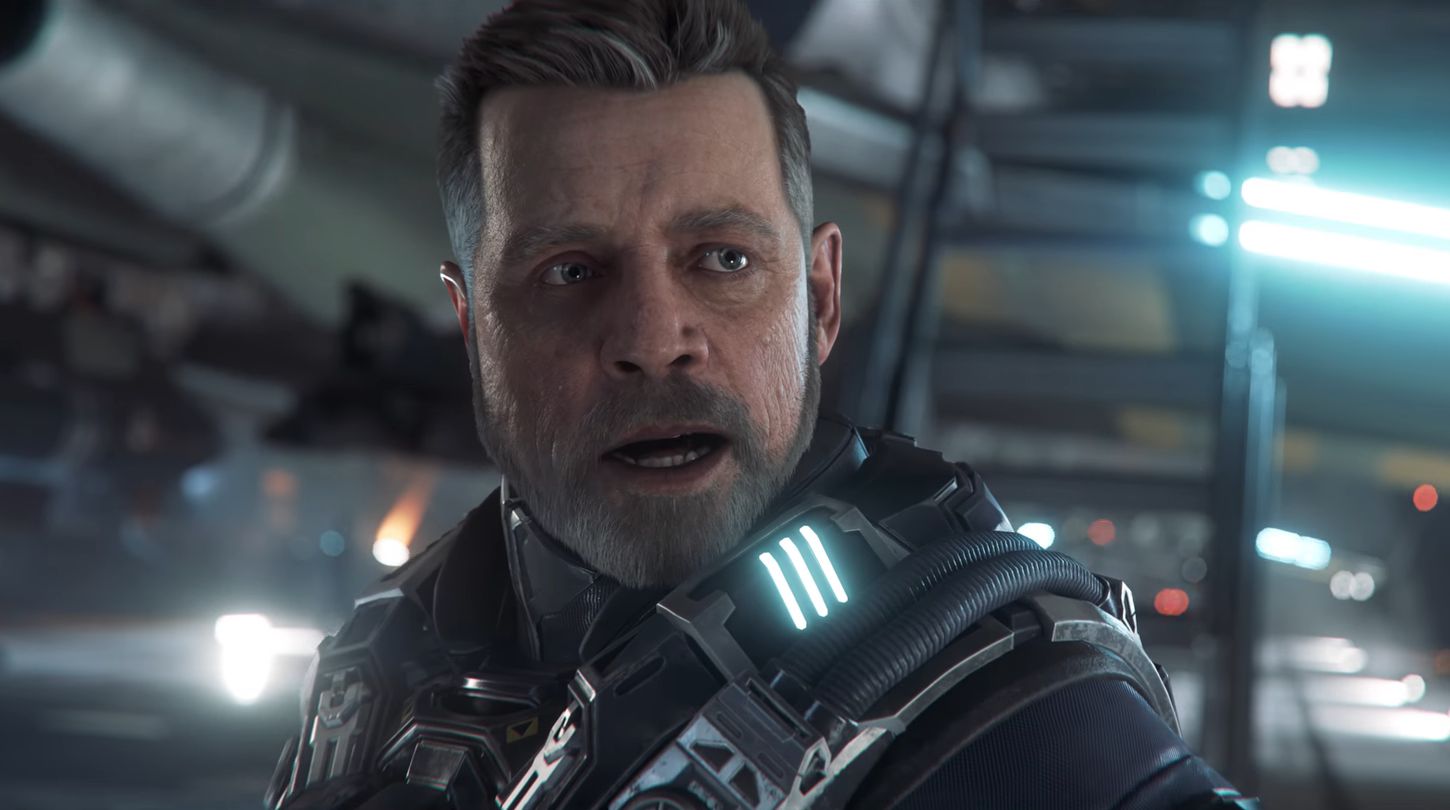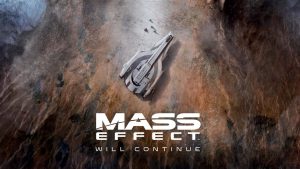
So, Bethesda recently released Starfield to some great critical and commercial reception. The highly anticipated space epic needed to be a smash hit to not only justify Microsoft’s purchase of Zenimax for billions of dollars but also to save Xbox’s sinking ship of underwhelming first-party releases. Starfield is (mostly) everything that fans wished out of an RPG set in space, but that success has also invited a lot of unjust comparisons to Robert Industries’ magnum opus Star Citizen.
At first glance, these comparisons would seem rather obvious. After all, both games are all about humanity expanding their horizons to the far-reaching depths of space. Both games feature the ability to commandeer spaceships, engage in both on-foot and vehicular combat, complete quests, explore settlements, and so on and so forth.
And yet one took limited few years to develop, while the other has been in development for so long with no finish line currently in sight. As such, one might be forgiven to think that both these games are cut from the same cloth and deserve to be compared against one another. But once you look past that initial veneer, you will notice that comparing Starfield to Star Citizen is almost like comparing apples to oranges – and there’s a lot of supporting evidence to back this claim.

You see, Starfield was always envisioned as a first-person RPG that was set in space. It always intended to have a very specific kind of universe and a central story that would take you from one carefully crafted planet to the next. Much like every other game from Bethesda (barring Fallout 76), Starfield was always supposed to be a strictly single-player experience that had a definitive start and a definitive end.
It’s certainly an ambitious game (even for a developer like Bethesda), but there was always a limit to that ambition. Sure, there are so many things to see and do – but you will run out of them at some point during your playthrough. Only a few planets in Starfield have curated settlements with NPCs and quests while others are mostly barren wastelands with little in the name of interesting things to do, and the open-world experience isn’t as seamless as many might have hoped for. Traveling to and from planets is always accompanied by a loading screen, and space combat takes place in limited sections of “outer space”.
On the other hand, Star Citizen was always envisioned as a persistent universe – which is a fancy way of saying that it is an MMO. As such, there is no definitive start or definitive end to the experience, and while there is going to be a story mode with Squadron 42 – that campaign is meant to be just a vertical slice of the overall experience of playing Star Citizen.
Robert Industries is planning to include elements like dynamic currencies, the ability to take up bounties, and other systems like resource collection that would help in achieving that vision. Unlike Starfield, these elements are a lot more fleshed out and have a lot of depth to be able to simulate such a large virtual world. The space travel in Star Citizen also works in a pretty different fashion, as you can freely travel from a planet out into outer space without encountering any loading screens.

As such, you can imagine that Star Citizen’s ambitions are a lot more lofty than Starfield not just in terms of scale but also the depth of mechanics. Bethesda’s ambitions were always limited by the constraints of a single-player release, while Star Citizen always tried to push that production to the next level with its impressive suite of systems and mechanics. That isn’t to say that one is objectively better than the other, but because both teams have different goals of their own – stacking them up against each other just doesn’t make sense.
Furthermore, we also have to consider that both games have markedly different approaches to development, with Starfield having a traditional development pipeline and a (mostly) fixed budget to bring its vision to life. In a traditional development cycle, the developers start out with an initial conception phase followed by pre-production, full production, polishing, and then finally release.
On the other hand, we have Star Citizen which follows a modular approach to development. This essentially means that the game is split into different chunks (or modules) like shooting, campaign, free exploration, and dogfighting. Once development for a module is complete, it gets integrated into the game with a new major update – and this process will be repeated until all modules are finished and the game’s vision of a persistent universe has been fully realized.
Since Bethesda gets the financial backing from ZeniMax for the entirety of its project, it gets the luxury of not having to publicly showcase playable builds of Starfield with new improvements every few months – which means it can continuously work until the game is finished. Each phase of the game’s development has to be completed once, following which the game will be released once for a retail price.
But because Star Citizen is financially backed by a massive crowdfunding campaign, something has to be delivered to keep fans content until the full game is released. As such, developers have to repeat the tedious process of going from pre-production to polishing to release for each new module which makes modular development much longer than a traditional cycle.
For instance, The Squadron 42 campaign was announced more than a decade ago and we’re yet to see that slice of the experience added to the currently available version of the game. In addition to this, we don’t even have a release date at the moment. On the other hand, Starfield was announced at a later date and has been out for a few days – so if you look at the situation that way, those comparisons wouldn’t seem too out of place.

But then again as we previously mentioned, Squadron 42 is just one part of the Star Citizen experience which is being developed alongside the constantly evolving MMO aspect of the game. This essentially means that development resources are split across different modules, and combine that with the time-consuming process that is modular development – it isn’t hard to understand why Star Citizen is taking too long to complete.
Of course, that isn’t meant to excuse Star Citizen or Robert Industries for the current state of the game since development hasn’t exactly been the smoothest. More ambition isn’t necessarily better, and it’s quite possible that Robert Industries’ grand vision of a fully functioning space ecosystem might have gotten the better of them – and Star Citizen might just never be able to realize its potential. But all of that is beside the point of this discussion, so let’s just leave that for another day.
To conclude, we can safely say that both Starfield and Star Citizen are entirely different products that are built very differently from one another and are built with different goals in mind. Both were never competing products in the first place and the notion that Starfield will “kill” Star Citizen is oversimplifying things to an almost nonsensical degree. Star Citizen and Starfield can and will co-exist with one another, and there’s no meaning in trying to compare these releases to one another.
Note: The views expressed in this article are those of the author and do not necessarily represent the views of, and should not be attributed to, GamingBolt as an organization.















